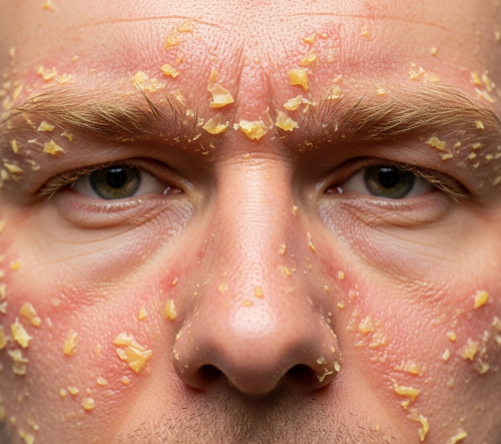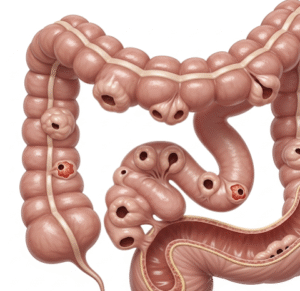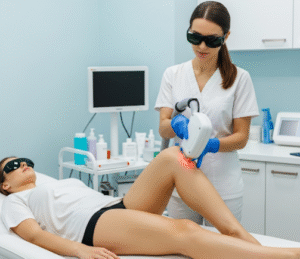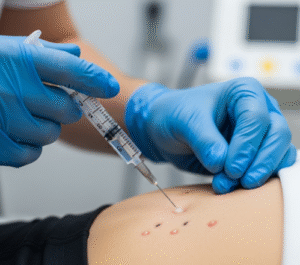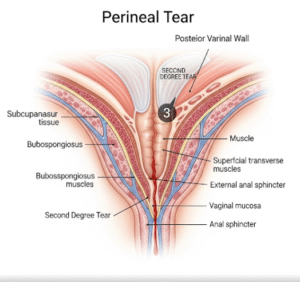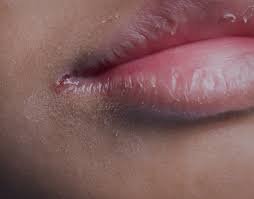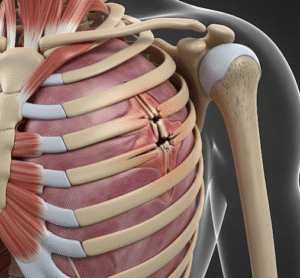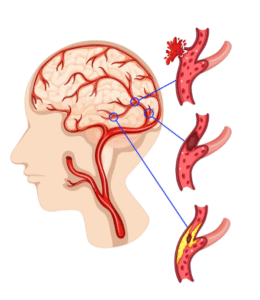A Comprehensive Guide to Skin and Care Treatment
➤ What it is
Seborrheic dermatitis facial is a professional skincare treatment designed to manage and soothe seborrheic dermatitis (SD), a chronic inflammatory skin condition.
Seborrheic dermatitis commonly affects areas with high sebaceous gland activity:
- Scalp (dandruff),
- Eyebrows, eyelids,
- Sides of nose,
- Ears,
- Beard area,
- Chest and back.
On the face, it causes redness, itching, greasy scales, and flaky patches. While not contagious, it is a chronic condition linked to yeast overgrowth (Malassezia), excess oil production, stress, genetics, and immune response.
A seborrheic dermatitis facial in Korea focuses on:
- Deep cleansing to reduce oil and yeast buildup,
- Anti-inflammatory therapies to calm redness,
- Barrier repair to strengthen skin defense,
- Hydration to balance the skin environment.
➤ Why it’s done
Patients seek seborrheic dermatitis facials for:
- Symptom relief → reduces redness, itching, and flakiness.
- Improved skin texture → clears scales and rough patches.
- Preventing flare-ups → regular facials help manage chronic SD.
- Cosmetic enhancement → smoother, clearer skin appearance.
- Confidence boost → facial redness and flakes can affect self-esteem.
- Korean dermatology context → with a strong emphasis on glass skin ideals, SD facials are popular among those wanting both medical management and cosmetic refinement.
➤ Alternatives
While facials are supportive, other treatments may also be used:
Medical Treatments
- Topical antifungals (ketoconazole, ciclopirox, zinc pyrithione) → reduce Malassezia yeast.
- Mild topical steroids or calcineurin inhibitors → control inflammation.
- Medicated shampoos → for scalp SD that extends to hairline/face.
Skincare Options
- Gentle cleansers → avoid harsh surfactants.
- Barrier creams with ceramides or panthenol.
- Non-comedogenic moisturizers.
Lifestyle Adjustments
- Stress reduction, adequate sleep, balanced diet.
- Avoiding irritants like alcohol-based skincare, fragrances, or harsh exfoliants.
Korean Cosmetic Alternatives
- Soothing facials with centella asiatica, green tea, or mugwort.
- LED light therapy for calming inflammation.
- Herbal compresses or essences for hydration.
➤ Preparation
Preparation before a seborrheic dermatitis facial helps maximize results:
- Dermatology Consultation
- Korean clinics often begin with digital skin analysis to assess oil levels, hydration, and redness.
- Identify triggers such as seasonal changes, stress, or product use.
- Pre-Facial Guidelines
- Avoid harsh skincare, scrubs, or retinoids 3–5 days before.
- Do not apply heavy makeup on treatment day.
- Inform clinic if using prescription creams or antifungal products.
- Patient Education
- Explanation that facials manage symptoms but SD is chronic → requires ongoing care.
➤ How it’s Done
Seborrheic dermatitis facial in Korea is performed with a focus on gentle yet effective care:
1. Cleansing & Prep
- Use of low-pH, sulfate-free cleansers.
- Steam therapy avoided if skin is flared to prevent irritation.
2. Gentle Exfoliation
- Enzyme-based exfoliation (papaya, pumpkin enzymes) instead of harsh scrubs.
- Soft removal of flakes without damaging barrier.
3. Sebum & Yeast Control
- Application of antifungal or sebum-regulating solutions.
- Ingredients: zinc, sulfur, tea tree, or Korean herbal extracts (mugwort, licorice root).
4. Calming & Hydration
- Soothing masks with centella asiatica, aloe vera, or green tea.
- Hydrogel or sheet masks with barrier-repair ingredients.
5. Light Therapy (Optional)
- Blue light LED → reduces yeast and oiliness.
- Red light LED → calms inflammation and promotes healing.
6. Finishing Care
- Application of lightweight ceramide moisturizer.
- Sunscreen if daytime session.
7. Korean Enhancements
- Essence or ampoule layering → fermented ingredients for microbiome balance.
- Scalp extension care if facial SD overlaps with dandruff.
➤ Recovery
Recovery after seborrheic dermatitis facial is minimal:
- Immediate improvement in skin comfort (less itching, reduced flakes).
- Mild redness possible for a few hours, especially after exfoliation.
- Results best seen with regular sessions (every 3–4 weeks).
Aftercare Instructions:
- Use gentle, fragrance-free skincare.
- Avoid hot water, scrubs, or exfoliants for 2–3 days.
- Continue prescribed antifungal creams if directed by dermatologist.
Korean Recovery Practices:
- Hydration toners and ampoules recommended for daily use.
- Barrier-repair creams integrated into routine.
- Lifestyle counseling → stress management, sleep, diet.
➤ Complications
Facials for seborrheic dermatitis are generally safe, but possible issues include:
- Temporary irritation if exfoliation too strong.
- Allergic reaction to certain mask ingredients.
- Worsening flare if inappropriate products used.
Korean dermatology minimizes risks by:
- Using hypoallergenic, low-irritant ingredients.
- Avoiding heavy oils that feed Malassezia yeast.
- Tailoring facials with dermatologist oversight.
➤ Treatment Options in Korea
Korea is a global leader in seborrheic dermatitis management, combining medical dermatology with advanced skincare practices.
Why Korea excels:
- Integration of medical + cosmetic care → dermatology-led facials.
- Cutting-edge devices → LED therapy, digital skin monitoring.
- Focus on barrier health → cosmeceuticals with ceramides, centella, and panthenol.
- Cultural importance → with “glass skin” ideals, seborrheic dermatitis facials are widely sought to restore skin clarity.
Unique Korean Practices:
- Customized facials → tailored to flare severity and skin type.
- Microbiome-friendly skincare → fermented essences used for balance.
- Product patch testing → ensure no allergen triggers in future skincare.
- Medical tourism packages → facials combined with dermatologist consultations for international patients.
✨ Final Thoughts
Seborrheic Dermatitis Facial in Korea provides a gentle yet effective solution for managing facial redness, itching, and flaking. By combining deep cleansing, anti-inflammatory therapy, hydration, and barrier repair, Korean dermatologists and estheticians help patients achieve clearer, calmer, and healthier skin.
With regular facials, medical treatments, and customized K-beauty regimens, patients gain both symptom control and cosmetic improvement.
This integration of dermatology, technology, and skincare culture makes Korea a global leader in seborrheic dermatitis care, helping patients regain not only skin health but also confidence.

